Imagine a world where children have never seen a tiger’s golden eyes, heard the trumpeting of an elephant, or watched a monkey’s playful antics up close. For many, zoos are the first magical place where the wild feels real and wonder comes alive. But in recent years, zoos have faced tough questions about their role and purpose. The truth is, modern zoos are changing fast—and in surprising ways. They are no longer just places to see animals; they are powerful centers of conservation, education, and hope. Step inside and you’ll find stories of rescue, innovation, and a deep commitment to protecting the world’s most extraordinary creatures. In a time when wildlife faces more threats than ever, modern zoos are sparking a new kind of care and connection—and it’s making a real difference.
Transforming the Zoo Experience: From Spectacle to Sanctuary
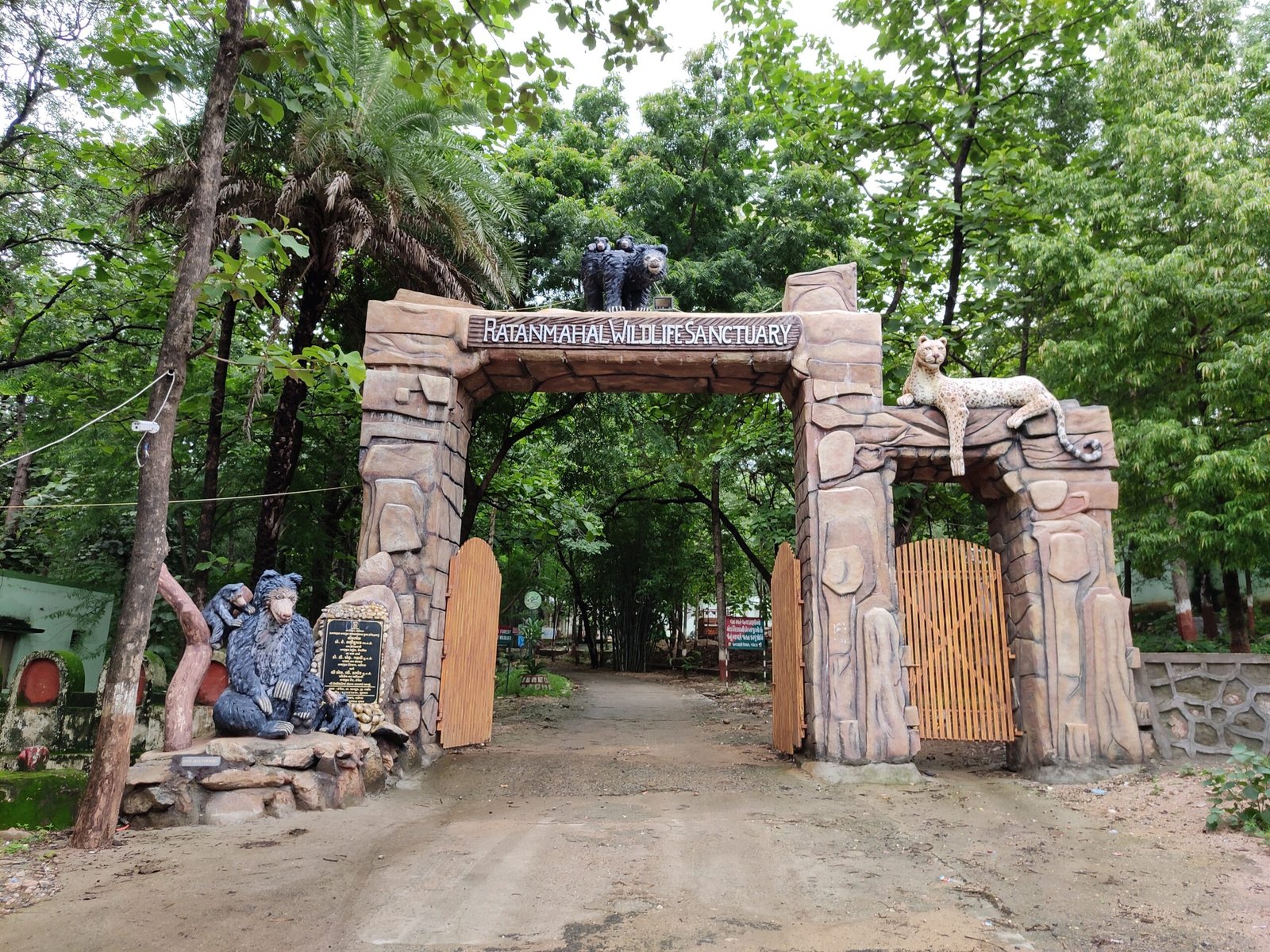
Gone are the days when zoos were simply collections of animals behind bars. Today’s zoos focus on creating naturalistic habitats that mimic wild environments as closely as possible. Visitors stroll through lush rainforests, wander across grassy savannas, and peer into underwater worlds—all within a single day. This transformation isn’t just for aesthetics. It gives animals the space and stimulation they need to thrive, while visitors gain a deeper, more meaningful understanding of each species’ true nature. Walking through these immersive exhibits, you can’t help but feel the animals’ presence as individuals, each with their own story and needs.
Educating the Public: Inspiring a New Generation of Wildlife Advocates

Modern zoos are like living classrooms, where powerful lessons about biology, ecology, and conservation come to life. Interactive displays, guided tours, and hands-on programs help visitors of all ages discover the science behind animal behavior and the challenges facing wildlife today. Children can touch animal artifacts, listen to zookeepers’ stories, and even participate in junior vet experiences. These encounters spark curiosity and empathy, inspiring young minds to care about wildlife far beyond their zoo visit. By making education fun and engaging, zoos plant the seeds of stewardship that can last a lifetime.
Championing Wildlife Conservation Around the Globe
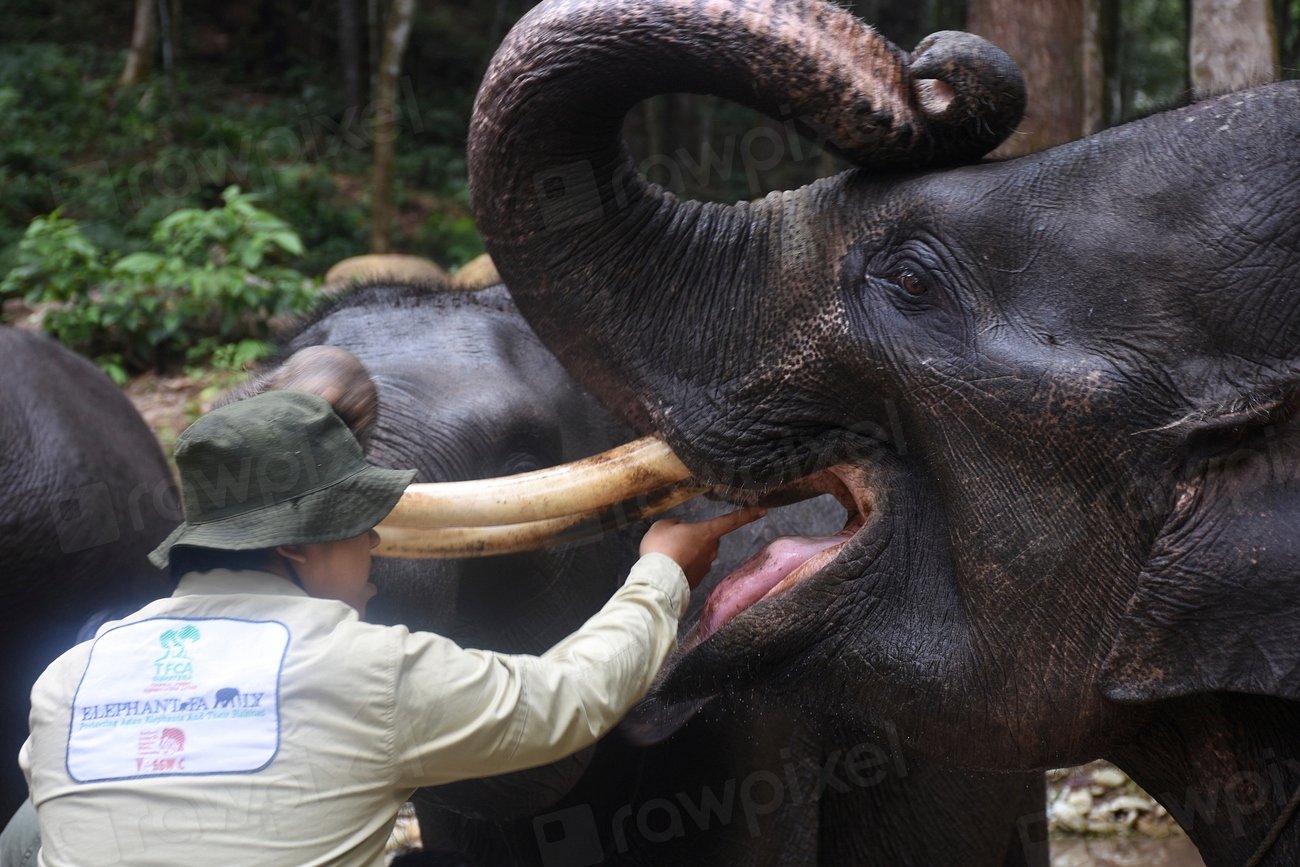
Zoos have become major players in global conservation efforts. Through breeding programs, scientific research, and international partnerships, they are helping to save endangered species from extinction. The California condor, once nearly wiped out, now soars again thanks to zoo-led recovery programs. Frogs, turtles, and other less celebrated creatures are also getting a fighting chance. Behind the scenes, zoos send teams into the wild to rescue animals, restore habitats, and share knowledge with local communities. Every ticket sold supports these life-saving missions, turning a family outing into a powerful force for good.
Rescuing and Rehabilitating Animals in Need
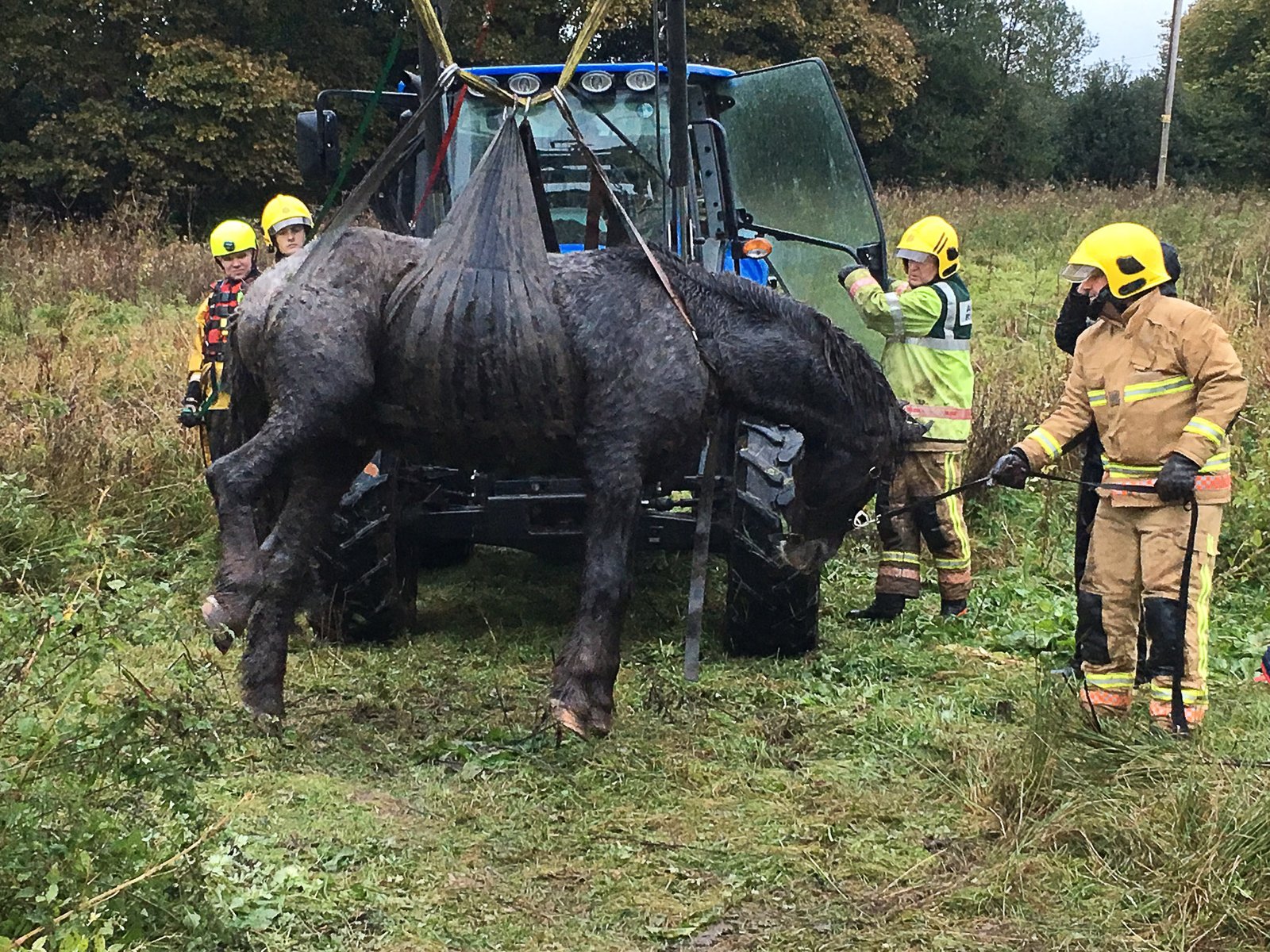
Modern zoos often serve as safe havens for animals injured, orphaned, or displaced by human activity. Whether it’s a sea turtle caught in fishing nets or a bear cub orphaned by deforestation, zoos have the expertise and facilities to provide medical care and rehabilitation. Some animals eventually return to the wild, but others—unable to survive on their own—find a lifelong home where they can live safely and comfortably. These rescue stories touch visitors’ hearts and remind us of our shared responsibility to care for the vulnerable creatures of our planet.
Fostering Emotional Connections Through Animal Ambassadors
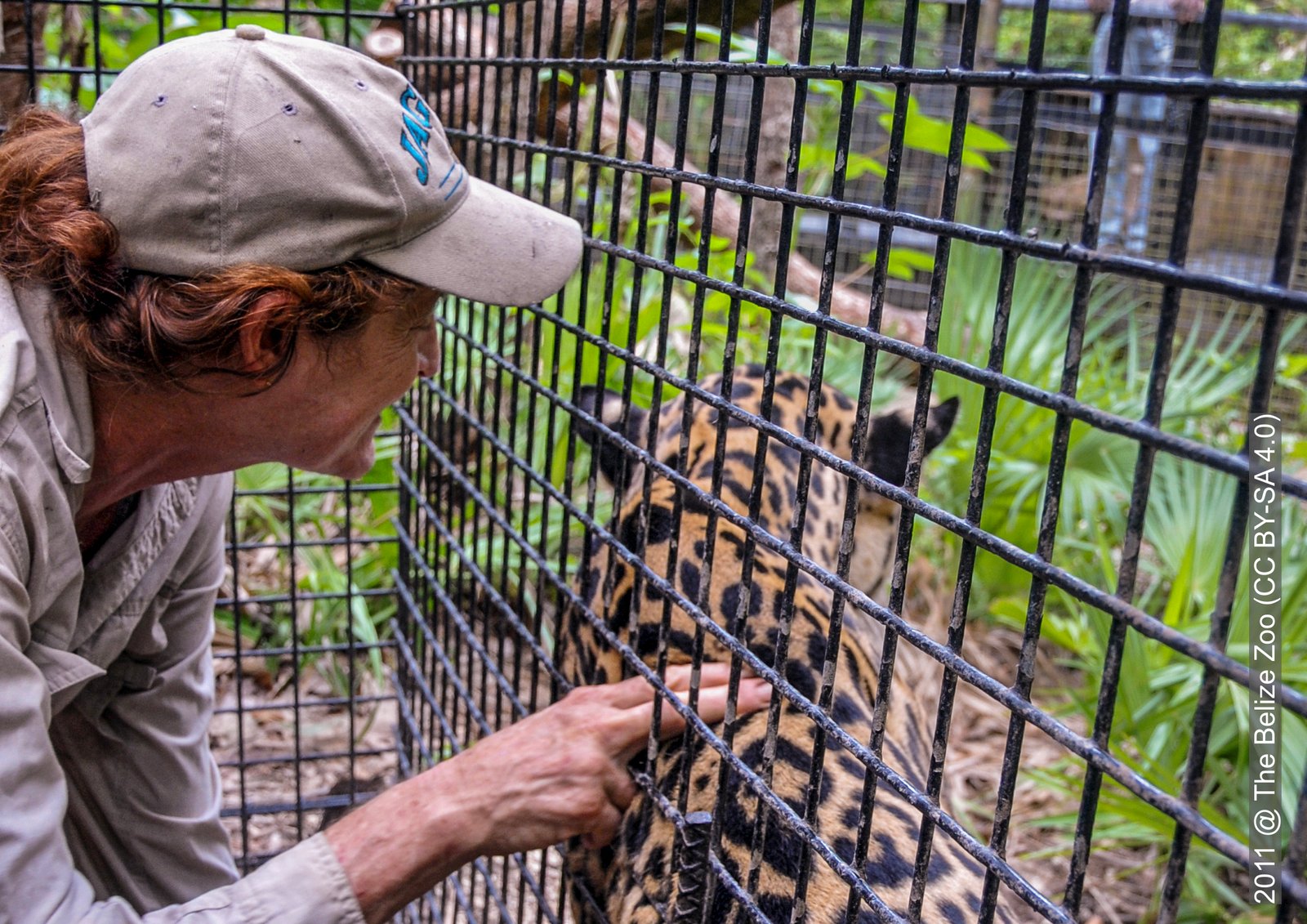
It’s one thing to read about elephants or gorillas in a book; it’s another to look into their eyes and watch their personalities unfold up close. Zoos introduce visitors to charismatic animal ambassadors—individuals who help break down barriers between species. Seeing a tiger play or a penguin waddle can spark powerful emotions, from awe to compassion. These moments of connection are more than just entertainment; they motivate people to learn, to care, and to act. When animals become real to us, their struggles and triumphs matter on a personal level.
Cutting-Edge Science: Zoos as Research Hubs
Modern zoos are centers of scientific discovery. Researchers at zoos study animal health, behavior, genetics, and reproduction, generating knowledge that can’t always be gained in the wild. This research leads to breakthroughs in animal care and conservation strategies that benefit both captive and wild populations. For example, zoo scientists have developed new techniques for breeding endangered species and managing disease outbreaks. Collaborations with universities and conservation organizations ensure that this science reaches far beyond zoo walls, making a global impact.
Building Bridges to Wild Places

Zoos serve as gateways to the wider world of wildlife. Many offer immersive experiences like virtual safaris, behind-the-scenes tours, and live-streamed animal cams that transport people to distant habitats. These programs let visitors witness the challenges and beauty of the wild, even if they never leave their hometown. By highlighting real conservation projects and wild ecosystems, zoos connect people’s everyday lives with the fate of animals around the globe. This sense of interconnectedness fuels support for conservation and deepens respect for nature’s wonders.
Promoting Sustainable Practices and Green Living
Modern zoos lead by example when it comes to sustainability. From solar-powered exhibits to water recycling and zero-waste initiatives, zoos strive to reduce their environmental footprint. They encourage visitors to adopt eco-friendly habits through workshops, signage, and interactive displays. Simple tips—like using less plastic, planting native gardens, and supporting ethical brands—empower families to make a difference at home. When guests see these values in action, they’re more likely to carry them into their own lives, amplifying the zoo’s positive impact.
Partnering With Local Communities for Greater Impact
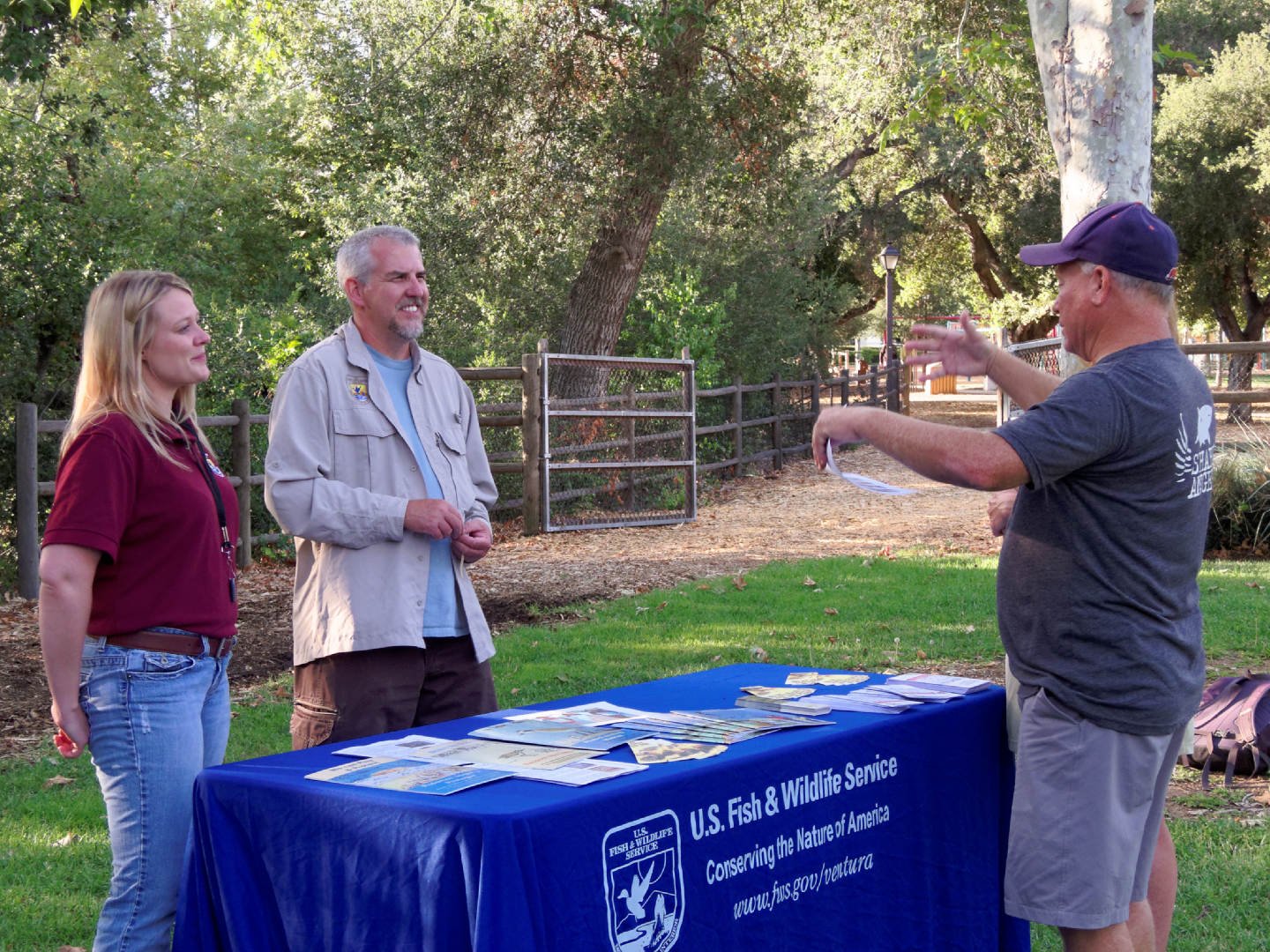
Zoos don’t work alone; they form partnerships with schools, businesses, scientists, and conservation groups. Community outreach programs bring wildlife education to classrooms, public parks, and neighborhood events. Volunteer opportunities and citizen science projects invite people to become active participants in conservation. By building these local bridges, zoos help create a culture of care and responsibility that extends far beyond their gates. The ripple effect can inspire whole communities to protect their natural heritage.
Addressing Criticism and Evolving Ethically
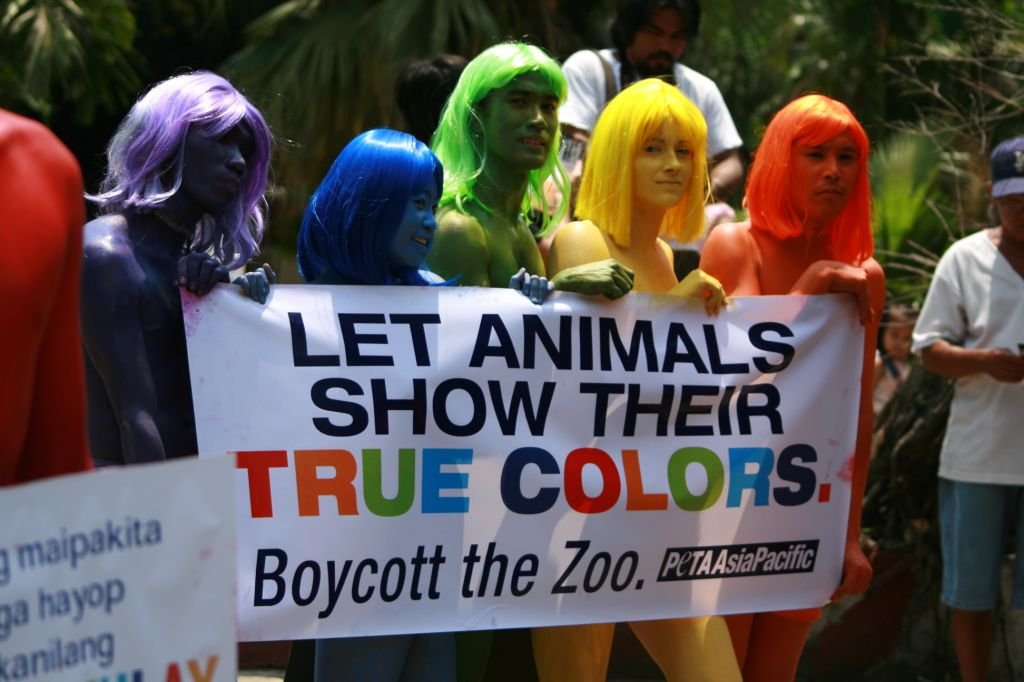
It’s no secret that zoos have faced criticism over the years—sometimes deserved, sometimes not. Modern zoos respond to these concerns by prioritizing animal welfare, transparency, and ethical practices. Many have phased out outdated enclosures, stopped keeping animals unsuited to captivity, and sought accreditation from independent organizations. Regular welfare checks, enrichment activities, and veterinary care ensure animals live healthy, fulfilling lives. By listening to public concerns and evolving their standards, zoos show a commitment to doing what’s right for both animals and people.
The Power of a Single Visit: Changing Hearts and Minds
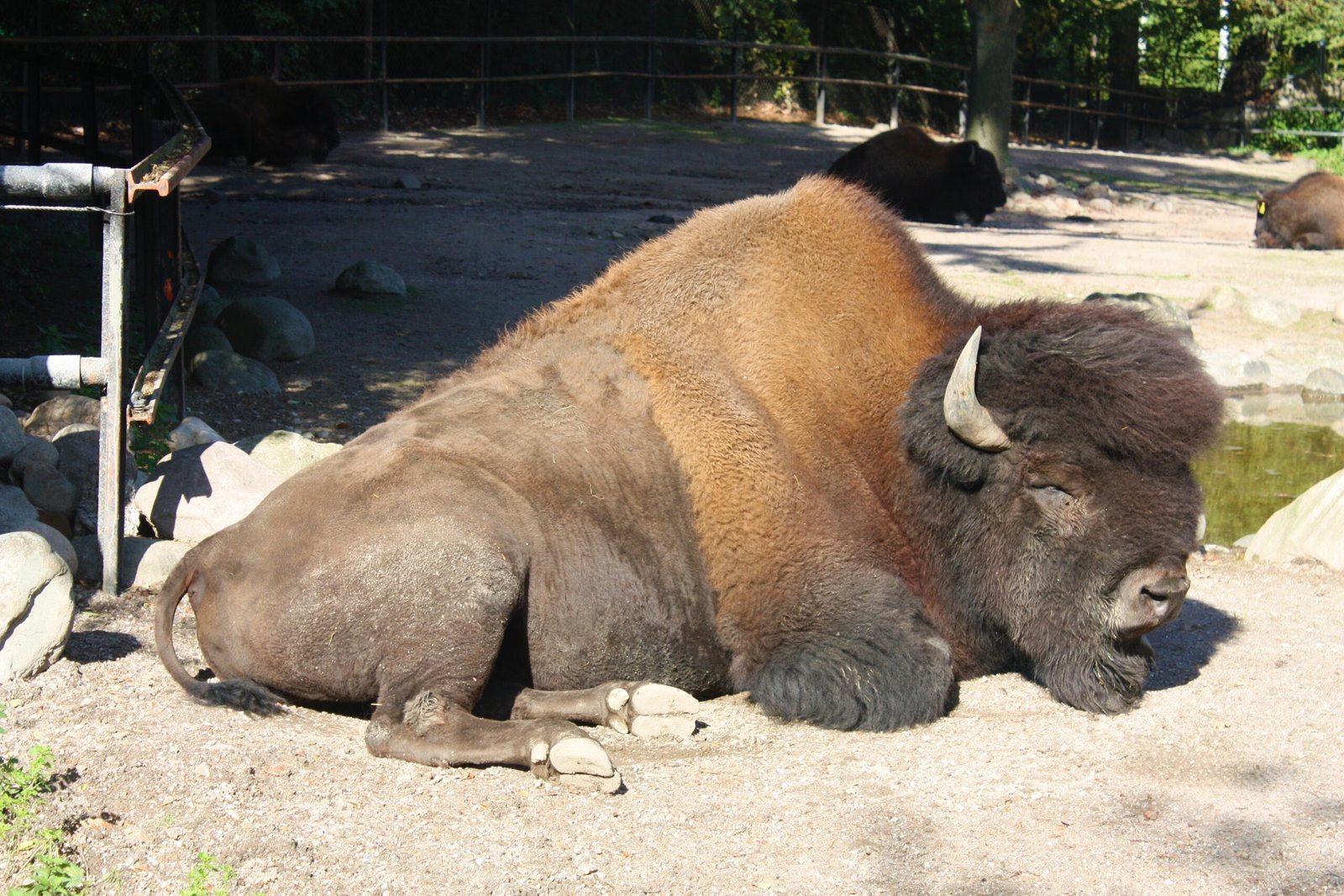
For many people, a trip to the zoo is more than just a day out—it’s a transformative experience. Watching a giraffe nibble leaves or hearing the song of a rare bird can spark a lifelong love of wildlife. These emotional moments linger long after the visit, turning curiosity into action. Some guests choose to adopt animals, donate to conservation campaigns, or even pursue careers in science and animal care. Modern zoos understand this potential and work hard to make every visit meaningful, hoping to ignite a passion for the natural world in every guest.
Modern zoos are not just about seeing animals—they are places where hope and action come together for the future of wildlife. Their work is changing minds, saving species, and inspiring a new generation to care deeply about the living world. Would you have guessed how much a single visit could truly matter?

